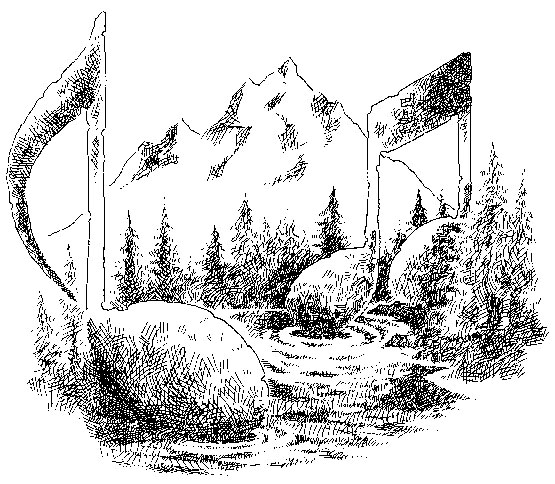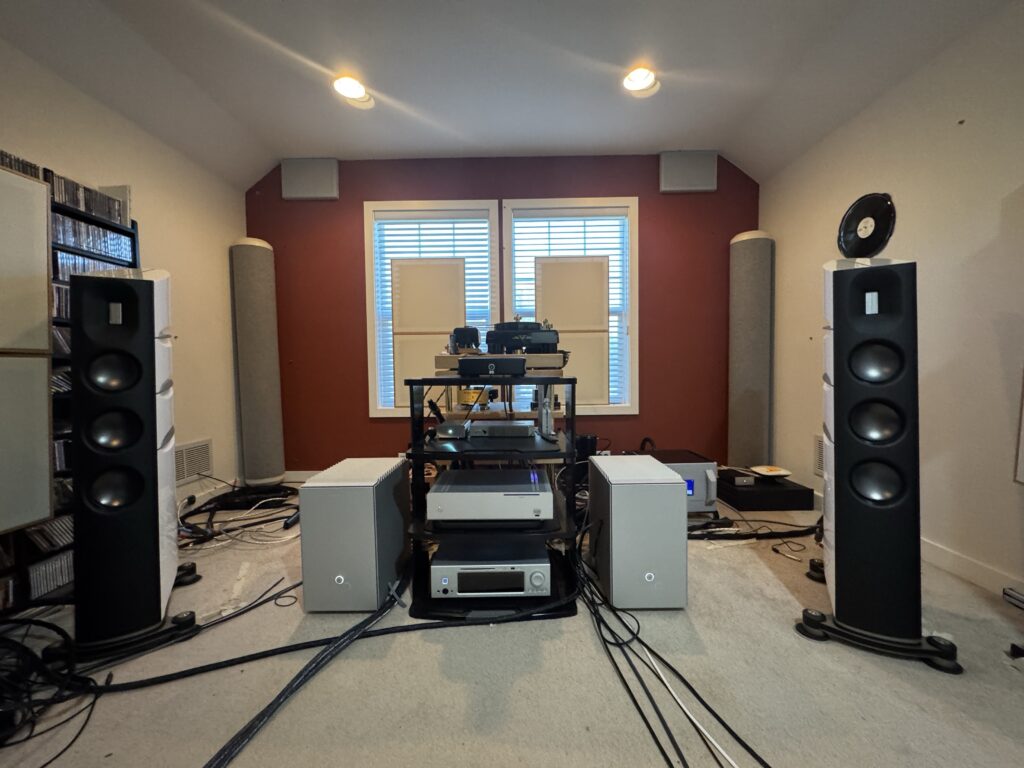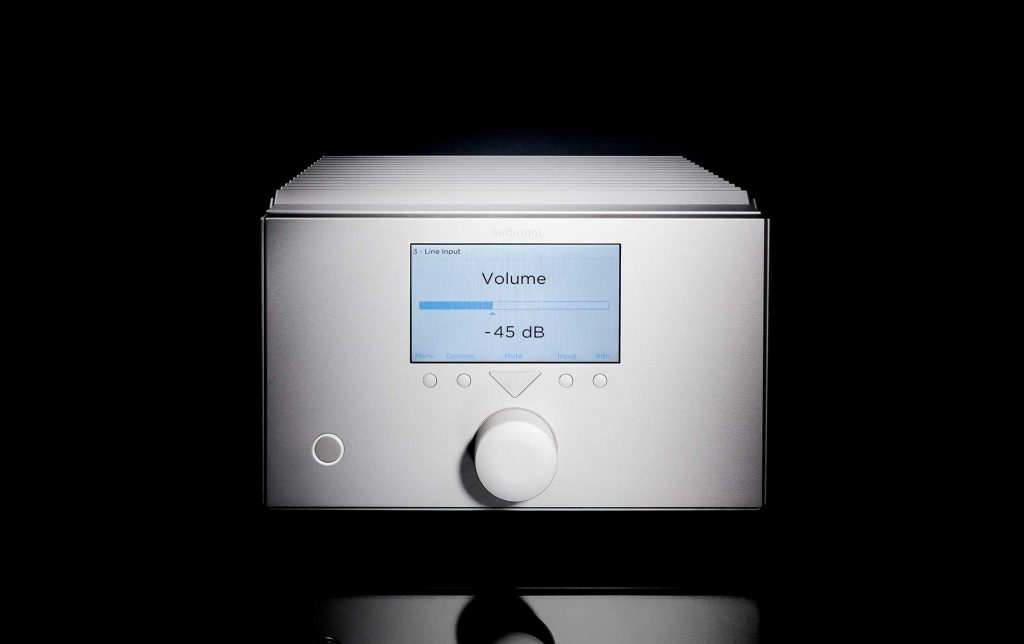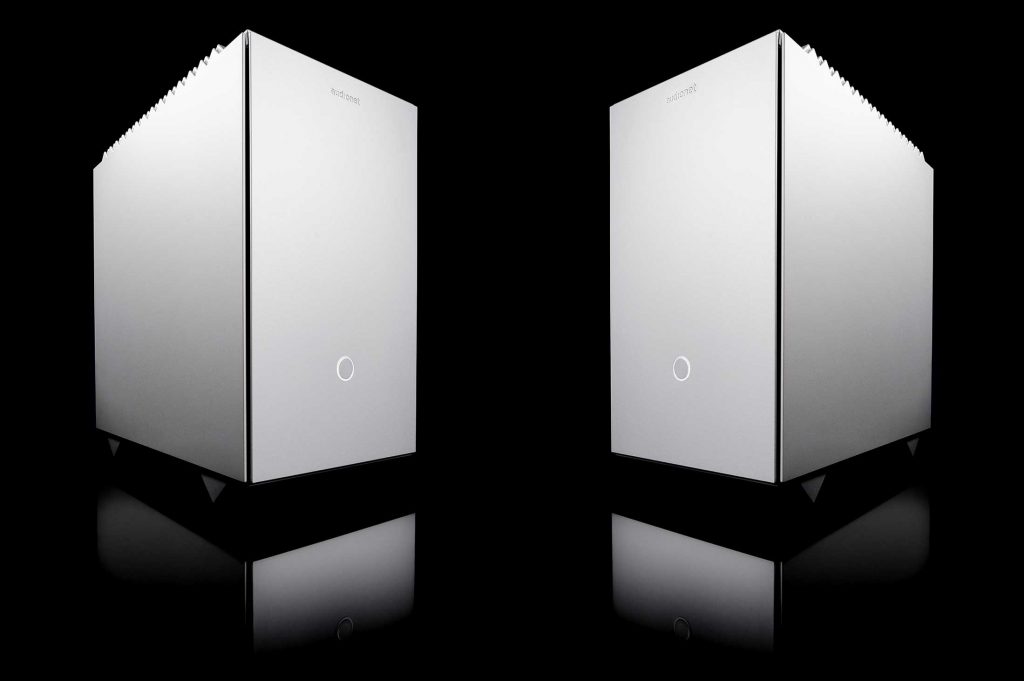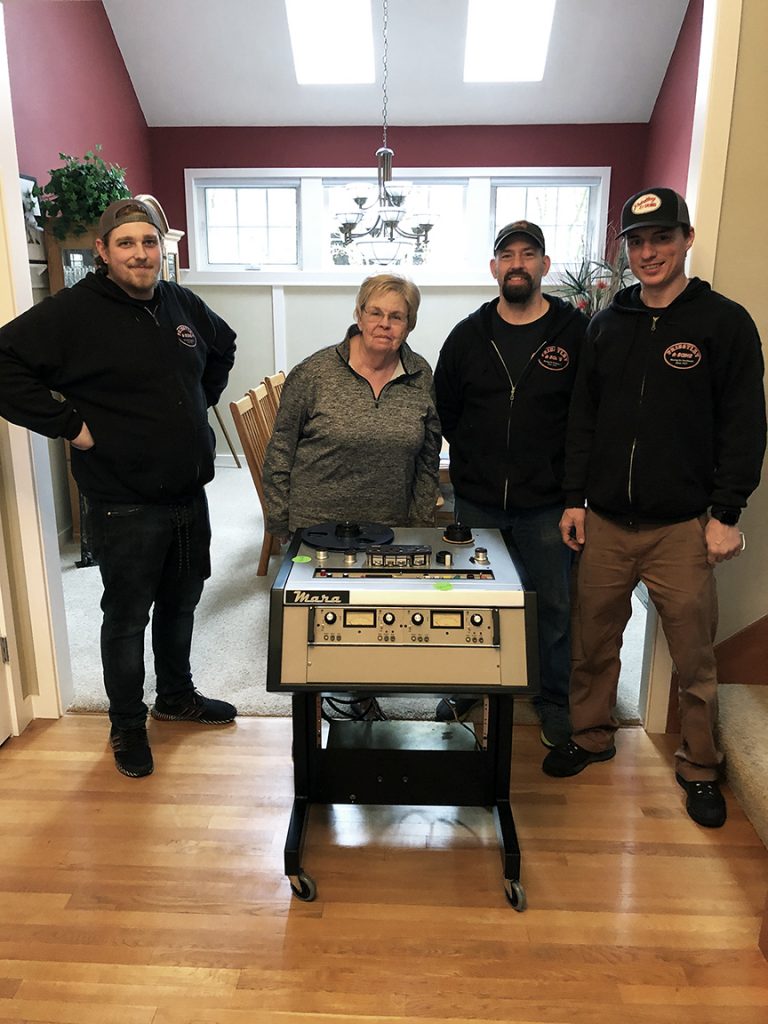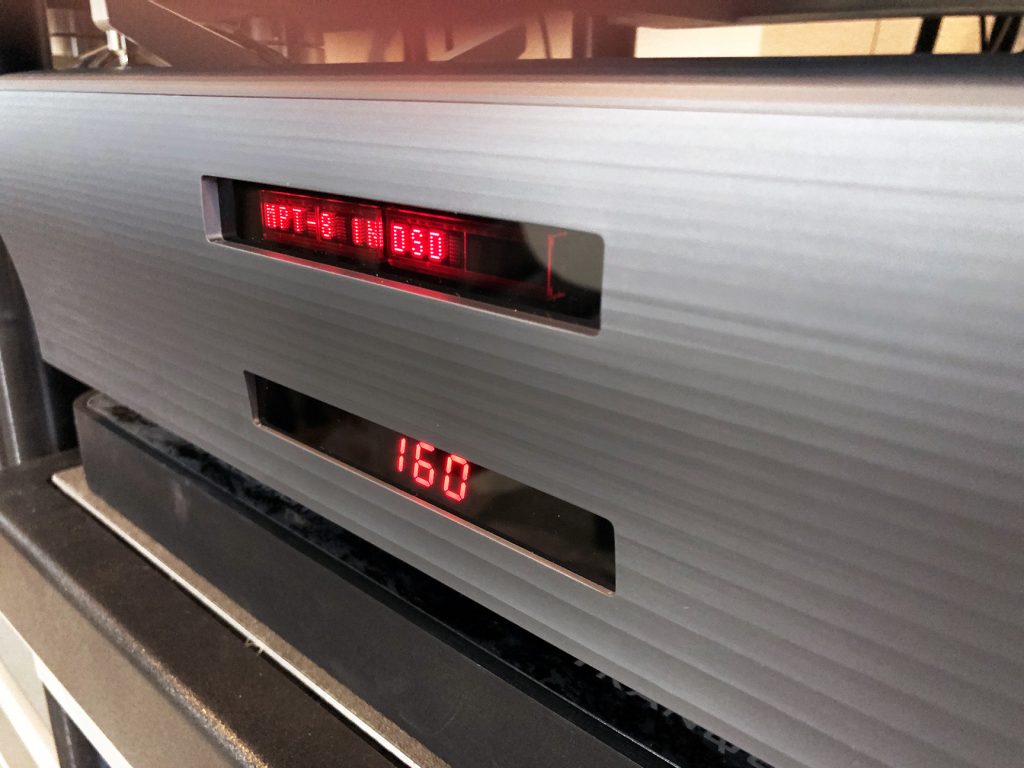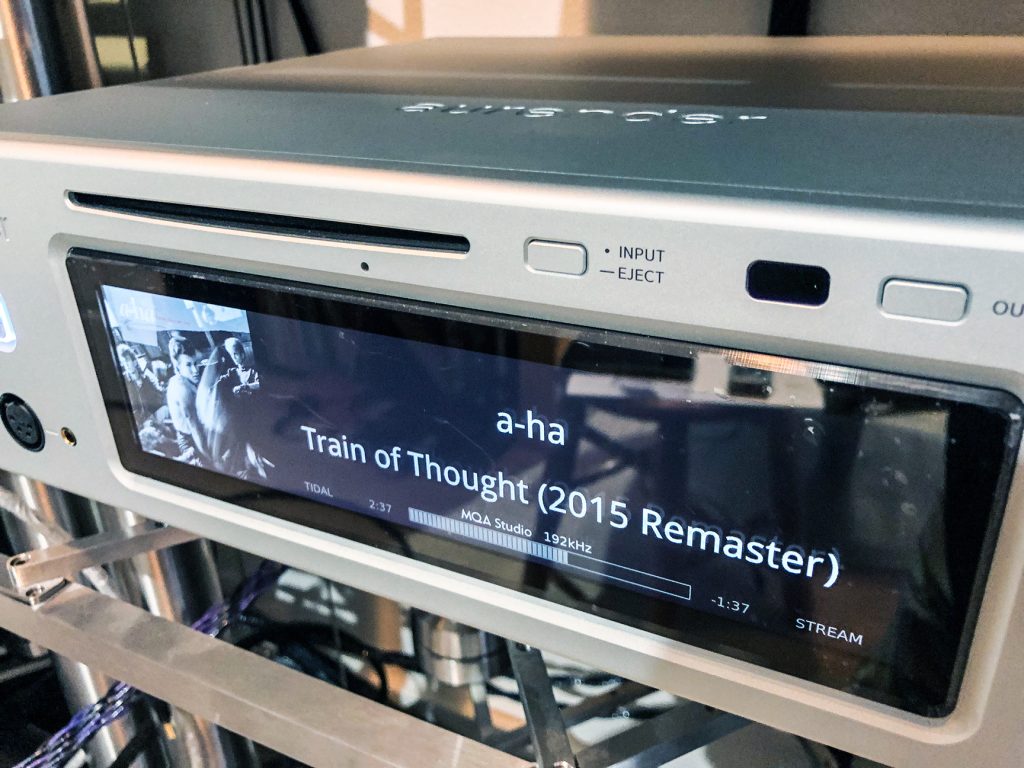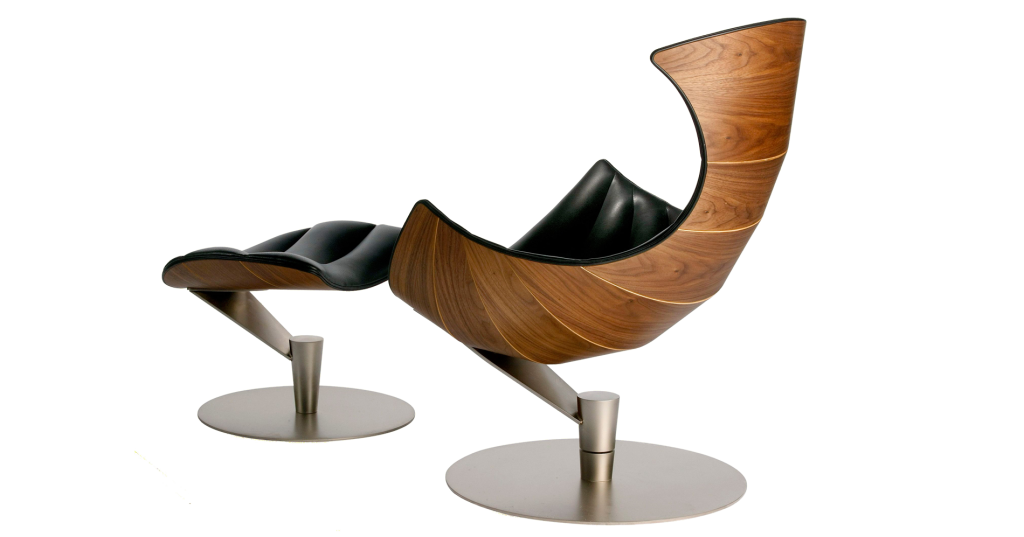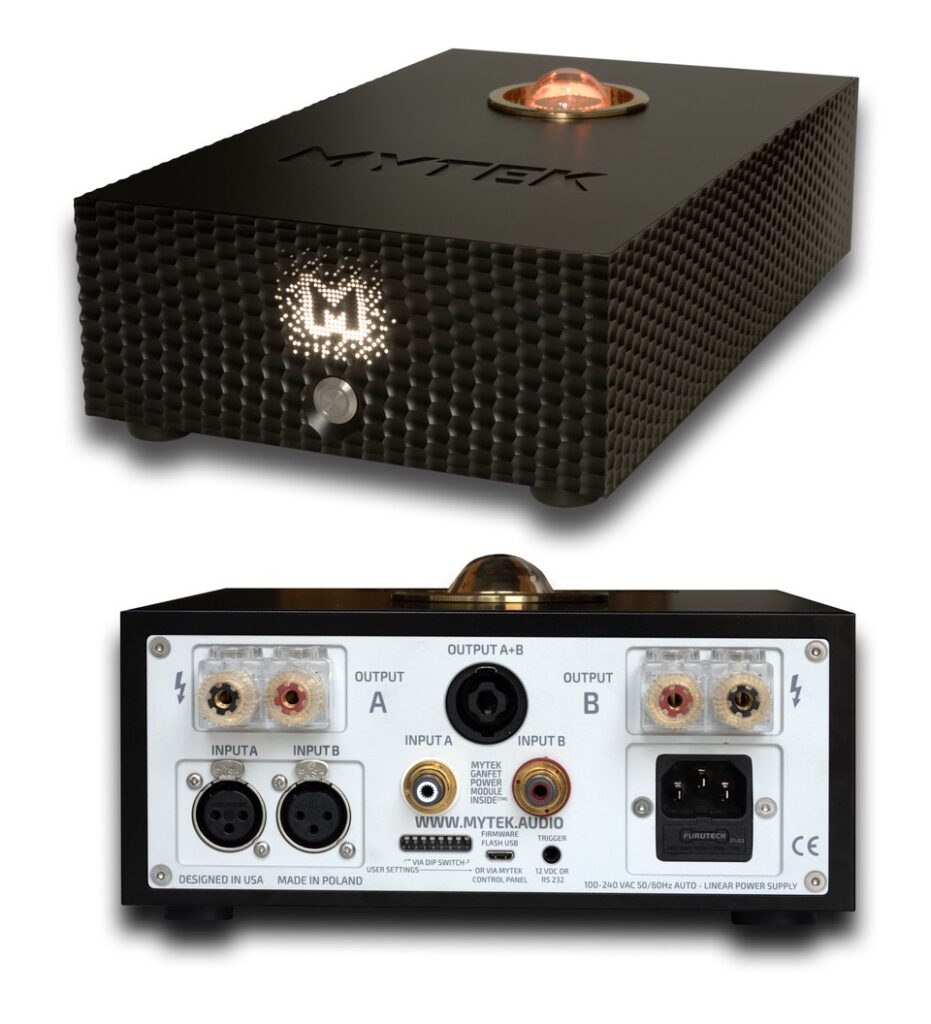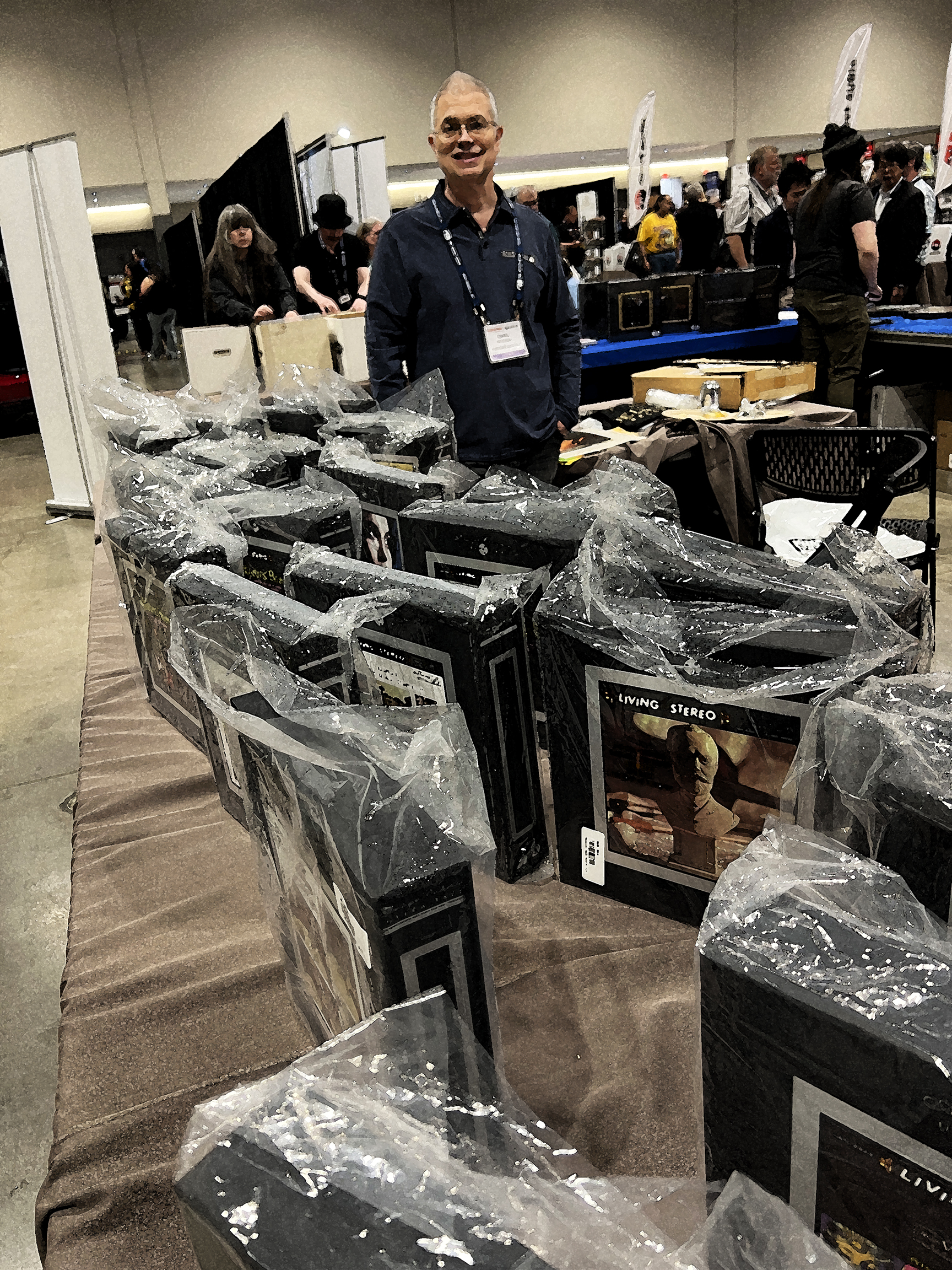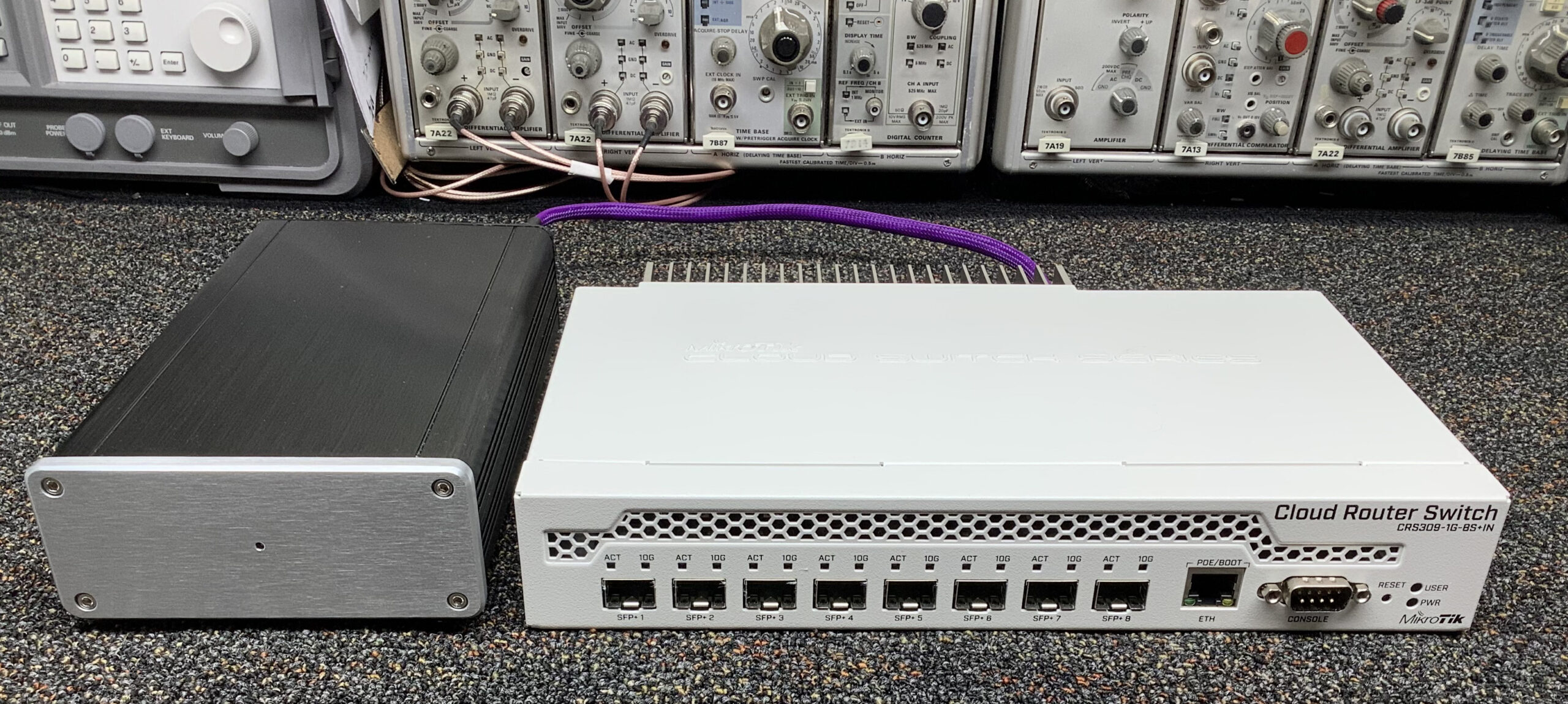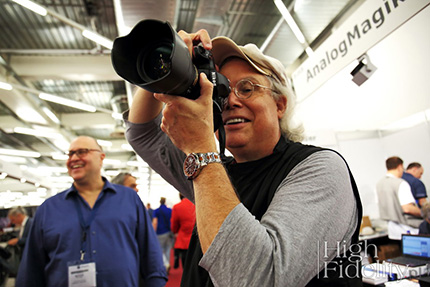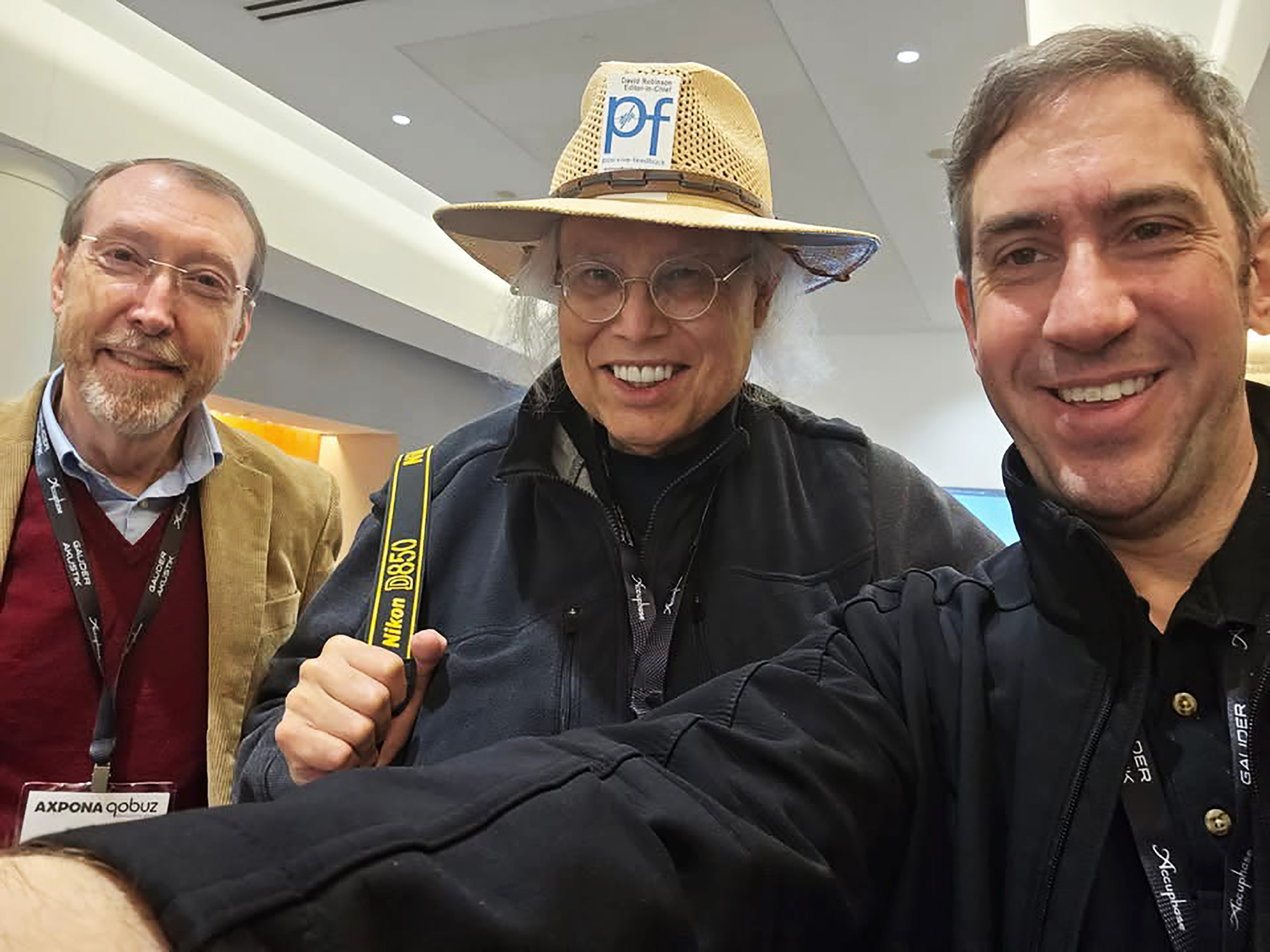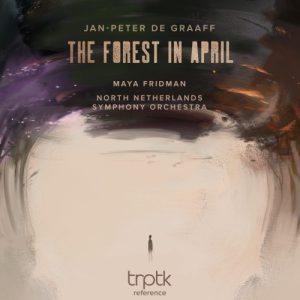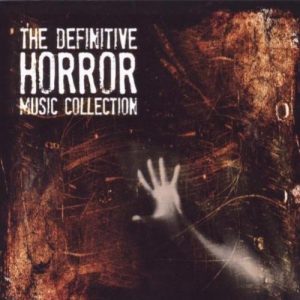Quad DSD (DSD256) is arriving!
And I am delighted to say that it is doing so with some albums that makes us sit up and take notice of the powerful virtues of this supreme format. If you don't get what the buzz about DSD is all about…if you think that CDs are "good enough," or that 96kHz/24-bit PCM is "all that we need"…you poor buggers, you…then you need to go to the top of the heap and see what Quad DSD sounds like.
That will put paid to any doubts that you have about DSD.
If you want analog recordings that have been transferred directly to Quad DSD, so that you can try this for yourself, you have options. Both Jared Sacks' NativeDSD.com and Bob Witrak's High Definition Tape Transfers carry some very fine recordings in Quad DSD.
I was keenly interested, therefore, in the recent release of the initial batch of titles from Bob Attiyeh'sYarlung Records. Positive Feedback had provided assistance to this project that transferred twenty master tapes from Yarlung's archives to Quad DSD, by allowing the use of our Merging Technologies HAPI DSD ADDA converter. Since we have several first-generation copies of the Yarlung Records tapes, I had a sense of how fine the quality of the recordings was. (This is no surprise, since none other than Steve Hoffman was his usual brilliant in helping Bob with the mastering.) And since I had done some transfers to Quad DSD in the fall of 2013…including a couple of my Yarlung Records tapes…using the Merging Technologies Horus ADDA and Pyramix 8.1.x, I knew how exceptional the results could be. What would happen when Bob Attiyeh and the post-production team at NativeDSD.com, headed by the Grammy Award-winning engineer Tom Caulfield, and sponsored by George Klissarov and exaSound, took this on?
The initial twenty titles are being released in sets of four. Commendably, the types of music vary widely, evidence of the fact that Bob Attiyeh is eclectic in his tastes. Each of the recordings runs about 30 minutes, which is roughly the capacity of a 10.5" tape at 15 IPS. These recordings were all done in real time, without the benefit of "fix it in the mix" post-production work. This puts the maximum pressure on all of the musicians involved to be first-rate, and to get it right.
The results speak for themselves.
The first gang of four:
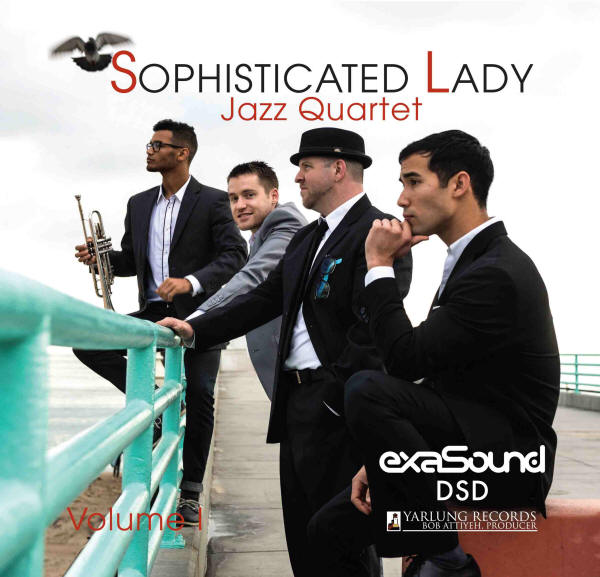
The first title is a jazz quartet, Sophisticated Lady, with their album Sophisticated Lady, Volume 1. Composed group members J. J. Kirkpatrick (trumpet and flugelhorn), Mishah Adair Bigos (piano), Andrew James Boyle (drums), and Gary Wicks (bass), this gathering of musicians provides a mellow and very cool jazz set. Volume 1 of their work has five tracks. These range from a kicky and straight-ahead rendition of Jerome Kern's "I'm Old Fashioned," shifting to a night-clubish interpretation of Ellington's "Isfahan," to the melancholy of the group's original improvisation, "For Andrew." The album then changes pace to the nicely syncopated song "Ropes of Sand," by group member Misha Bigos, and winds up with the oddly dissonant and conflicted "Strange Fruit," by Abel Meeropol.
Through it all, Sophisticated Lady shows a fine blend of elegance and jazzic chops that is compelling. The original analog recording was impeccable; the transfer to Quad DSD conveys all of the wonders of analog half-track quarter-inch at 15 IPS. The sense of space, the presence of the group members, the sense of "I'm there, in the front row of the club!" is indelible. What a benchmark for jazz recordings!
If you love jazz quartets that aren't just slumming along, in an exceptional recording, and a complete rendition of the master tape, then you simply must buy this album in Quad DSD. It's a winner!
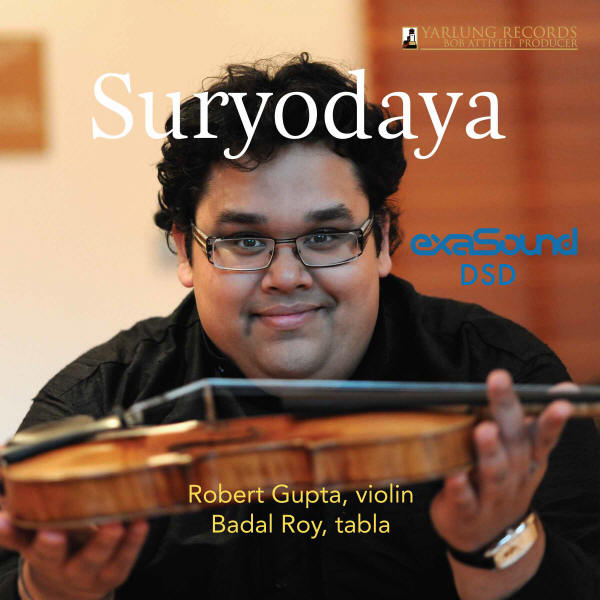
Surodaya (Sanskrit for "sunrise" or "the coming of light") is listed at the NativeDSD.com site as "World Music," and I guess this is the best place to put it, but it may also be a bit too facile. Robert Gupta on violin and Badal Roy on tabla are certainly Indian, but this music is fluid and not easy to categorize…if you use labels as quick and easy reductions, anyway.
The first song, "Calcutta Sunrise," shines with Badal Roy's striking tabla percussives, which are among my favorite among all drum instruments. From time to time, he chants with his tabla, in a seeming dialogue with it. The effect is mesmerizing. In Quad DSD, the subtleties of impact, tension slides, reverberation, and decay are all present, quite fully. If you aren't used to the capabilities of Quad DSD in conveying the sense of a grand master tape, with the realities of a room, you'll be introduced to it immediately.
The second song, "Istanpitta," brings the violin of Robert Gupta into play, with Roy's tabla providing the foundation. This song is haunting; at one level, the violin play is strangely reminiscent of a Celtic mood and feel, and yet there's something Indian in evidence, as well. I have listened to this song many times, and each playing brings me further into that meditative zone that Celtic music always produces. I'd be fascinated to know images Gupta had in mind as he composed this…it leaves me someplace between East and West.
Lovely, regardless.
The third and final song…also the longest…is "Raga Redux." It starts out with Roy on the tabla, but then meshes the violin in a repetitive, but ever new, musical meditation. I am far more used to hearing sitar over the top of the tabla in such works, but the violin is completely convincing, and utterly fresh in this setting. At nearly thirteen minutes, this delight was not nearly long enough…I would love to hear the extended version of this Raga that Bob Attiyeh mentions in his notes!
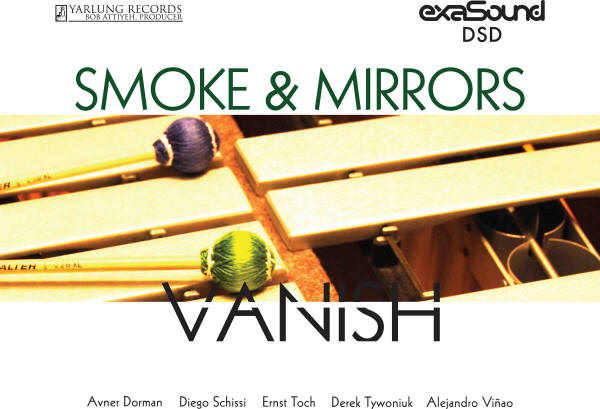
Percussion recordings are a hit or miss proposition…not much pun intended.
Ever since the days of Bang and Baroom, audio has had a small subsection of recordings that concentrated on the challenges of recording percussive compositions and performances. Many are used as audiophile "demonstration tracks," whose main utility is to provide shock and awe to those who may be novices about the performance of modern high-end audio. That can be fun for a few moments, but that doesn't make for music that one would revisit on a regular basis.
You won't have to worry about that with Smoke and Mirror's Vanish. This album features the collaboration of Joseph Beribak, Edward Hong, Katalin La Favre, Kevin Schlossman, Derek Tywoniuk, and Wai Wah Wan, under the directorship of Joseph Beribak and Katalin La Favre. The ensemble plays a set of five compositions from a wide-ranging group of composers: Avner Dorman, Diego Schissi, Ernst Toch, Derek Tywoniuk, and Alejandro Viñao. I freely confess that I had not heard of any of these folks before…but Vanish made me glad that I did so here!
The first track, "Udacrep Akubrad" immediately caught my attention with its musical tones, syncopations, dissonances, and layers of rhythm. An excellent choice for a curtain-raiser…you can't walk away from this one! And it goes on for nearly nine minutes, which was plenty of time for me to become contemplative. The second cut, "Juego de Relojes" ("Game of Clocks") is very much what its title suggests: A rhythmic, clock-like evocation of the movement of time within the workings of a timepiece. Tic-toc!
The third track, "Geographical Fugue," is a surprising fugue-like chant, with the group using the names of various places on planet Earth as the lyrics. No other percussives: Just the melding of locations, spoken, whispered, and shouted. Just trying to follow the place names is a challenge!
The fourth cut is where the title of the album was derived: The rather mysterious "watch me vanish, watch me?" Drums, piano, glockenspiel are all woven together into a strangely tense confrontation of mood, light, and darkness. Normally one does not associate the glockenspiel with sinister possibilities, but this composition does it. Throughout, the Quad DSD maintains both a pristine presentation of the edge and shimmer of glockenspiel, as well as the impact of the percussion. Between, the piano is harmonically true…an impressive accomplishment.
The final track is Alejandro Viñao's "Book of Grooves IV, Dance Groove Drifting." Rich vibe and tympanic tones are woven with great artistry, both embodying and exploring the meaning of groove in percussive composition and performance. I love the richness of the woody notes, the feel of mallets on bars here. No CD could ever render the wondrous master tape here; it would be a revolting travesty to even try. Instead, the Quad DSD renders the dynamics and subtleties of the master tape in its real glory. No glare; no edginess; no compressed dynamics; no mashed soundstage. Instead, a revelation of percussive beauty!
This is simply outstanding…a percussive recording for the ages, one that you'll revisit again and again.
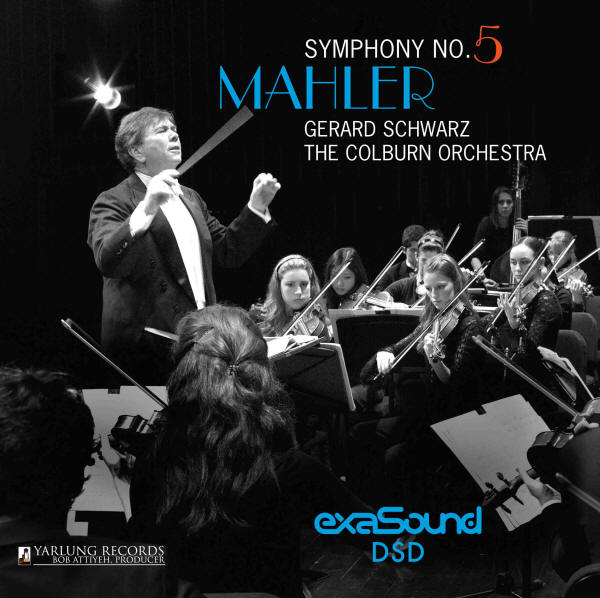
Finally, the most ambitious of the initial batch of four Quad DSD recordings from Yarlung Records: No less than Mahler's 5th, conducted by Gerard Schwarz, and performed by the youthful Colburn Orchestra. This is a double-length (two tape) recording, of course…Mahler takes time!
I don't need to comment extensively on Mahler; this Fifth Symphony is a grand and soaring composition, with enormous dynamic range. And Gerard Schwarz is a regional favorite, being Conductor (and now Conductor Emeritus) of the Seattle Symphony for many years now. Indeed, I have a number of Delos recordings with Schwarz and the Seattle. My only question when I first saw the notes was how well a student symphony…one of the very best in the world, yes, but still relatively young…could handle the challenges of Mahler. This ain't Handel or Brahms, after all.
As it turned out, I needn't have worried at all. From its riveting opening notes, Schwarz and the Colburn pounce all over Mahler's 5th with mastery and confidence. In fact, had I not known that the Colburn was performing, I would have assumed that I was listening to one of the great symphonies on the planet. Yes, it's that good…no sense of immaturity or unsureness at all.
In fact, this recording is a fine acid test for anyone wondering about the superiority of Quad DSD as our ultimate format for the transfer of our finest analog master tapes. Classical music is wonderful in challenging our playback to the limits, and Mahler is a worthy composer for the task. If you have Quad DSD playback capability, and are wondering what its capabilities might be in your audio system, thenthis recording will give you all that you can handle. And you won't be sacrificing in any way…this is a true reference-class performance and recording!
Summing up…
Perhaps you've never heard of Yarlung Records before. Maybe you're new to DSD, and especially to Quad DSD. No worries! Prepare to be amazed. Any, or all of these recordings, will help you to discover a world of wonderful music, recorded in glorious analog, and then presented in all its glory in Quad DSD. The brilliant work of Bob Attiyeh, ably assisted in the mastering by the audio wizard Steve Hoffman, in producing such a marvelous presentation of the Colburn Symphony artists is simply splendid. (I must also recognize the great post-production work by Tom Caulfield of NativeDSD.com…he's a gem.)
And these were just the first four titles; eight more have been added recently to the Yarlung Records section at NativeDSD.com. Frankly, I consider every title to be a keeper. Try them…you won't be able to disagree with me!
(All photographs courtesy of Yarlung Records and NativeDSD.com)
